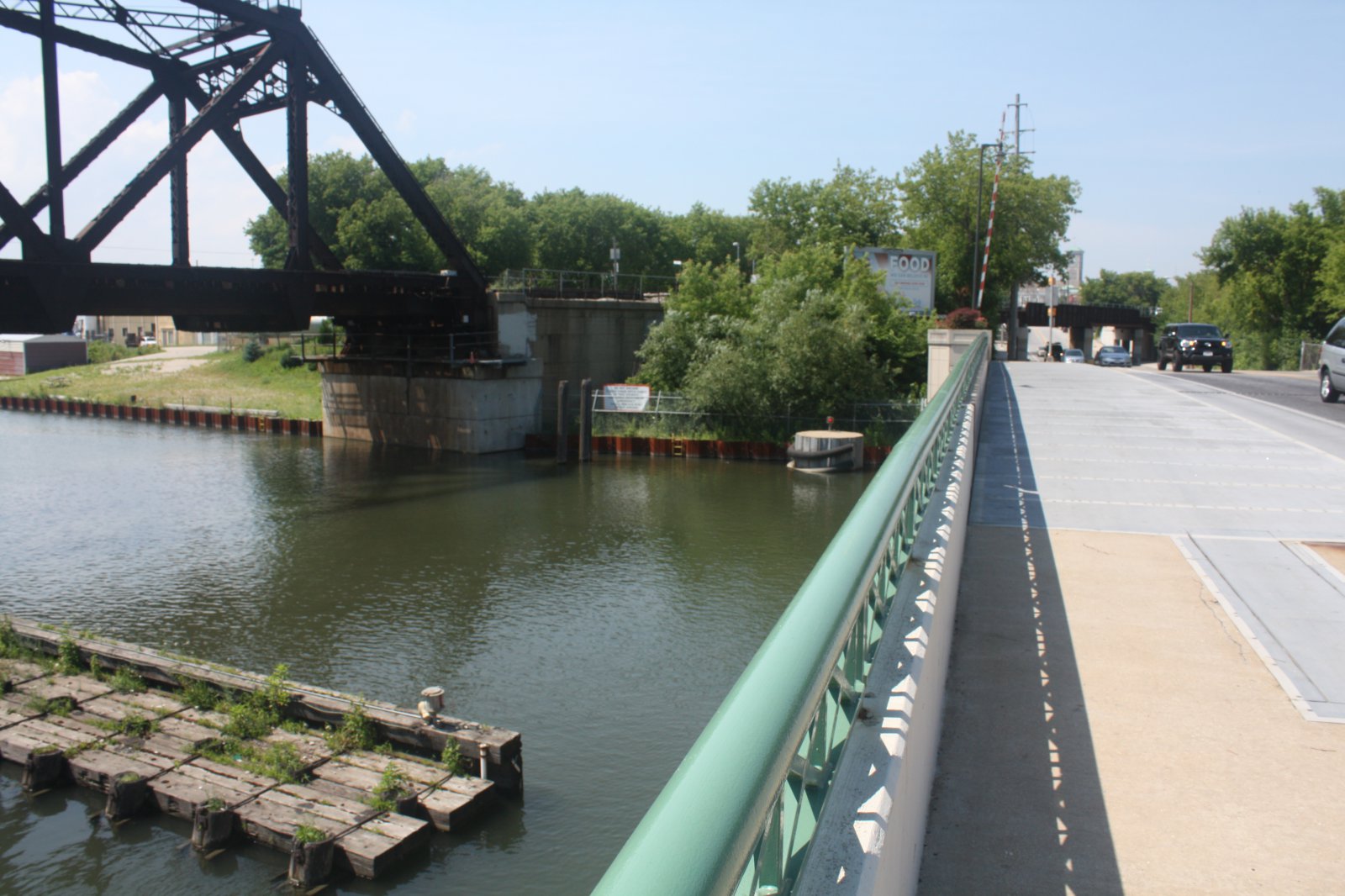PFAS, Other Pollutants Found In Rivers
Testing of areas of concern in harbor area, rivers found higher pollution upstream from harbor.
PFAS compounds (per- and polyfluoroalkyl substances) have been detected in the Milwaukee Estuary, which was designated as an Area Of Concern by the U.S./Canada International Joint Commission in 1987. The area includes the inner and outer harbors and nearshore waters of Lake Michigan and the lower portions of the Milwaukee River (downstream of the North Avenue Dam, the Menomonee River (downstream of 35th St.) and the Kinnickinnic River (downstream of Chase Ave.). Samples were taken from this entire area in November 2019, and the recently completed analysis by the Department of Natural Resources (DNR) indicated the presence of the forever chemicals, as PFAS has been dubbed.
PFAS chemicals are part of a group of possibly thousands of man-made compounds which have a long and storied history in American industry. From firefighting foam to Teflon pans, non-stick coatings to even clothing, PFAS chemicals have been used in countless products over decades.
In that time, the compounds have contaminated a variety of environments including but not limited to ground water, waterways, and landfills. High levels of exposure to the chemicals have been linked to a variety of health concerns in humans and other animals, including cancers, low fertility and birth defects. The contamination of humans and farm animals in a rural American community became the subject of the 2019 movie Dark Waters. The film focused on PFOA (Perfluorooctanoate) and PFOS (Perflurooctane sulfonate) compounds, which are related to PFAS.
Some 13 locations Milwaukee’s area of concern were sampled for 35 different PFAS compounds. The highest levels of PFAS were found in samples taken furthest upstream from Lake Michigan.
In the Kinnickinnic River, samples of PFHxS (Perflurohexanesulfonate) were found at 44.4 parts per trillion (ppt) in the surface water. PFOS chemicals were found at 9.1 parts per billion (ppb) within sediment in the region. However, samples taken closest to the drinking water source flowing through the Linnwood and Howard Avenue Water Treatment Plants, PFOA and PFOS were detected at 1 ppt. PFAS levels found in the Milwaukee Esturary were generally lower than those found in Madison’s Starkweather Creek, though higher than recent samples from the Wisconsin, Mississippi and Menomonee Rivers.
While clean-up operations are organized, residents near any of these areas are advised to avoid eating fish from these waters. Especially for Starkweather Creek and Lake Monona, but also in the areas of the Milwaukee Estuary and nearby rivers. That being said, the compounds can also be found in animals which drink from these waters, including deer and livestock. PFAS and their innumerable cousin-compounds are highly dynamic in how they move through the environment, and do not degrade.
PFAS clean up largely revolves around the DNR working with the parties responsible for individual contamination sites, essentially getting the to clean up their own mess. The spread of COVID-19, however, has created new challenges and impediments to clean-up operations. The DNR is currently evaluating a request to halt sampling from Johnson Controls which, along with its subsidiary Tyco Fire Products, is responsible for several sites. In a Zoom meeting open to the public on April 15, DNR remediation and redevelopment program director Christine Haag said the request is still being evaluated.
Reprinted with permission of Wisconsin Examiner.
More about the Area of Concern Abatement Effort
- New Machine Quietly Cleans Milwaukee’s Water - Jeramey Jannene - Mar 21st, 2025
- Photo Gallery: New South Shore Park Beach Takes Shape - Graham Kilmer - Mar 14th, 2025
- MKE County: Effort Aims To Reduce E. Coli Closures at Bradford Beach - Graham Kilmer - Feb 27th, 2025
- MKE County: Habitat Restoration Planned in Kletzsch Park - Graham Kilmer - Feb 14th, 2025
- MKE County: County Deploying $1.3 Million in Environmental Cleanup Grants - Graham Kilmer - Sep 19th, 2024
- MKE County: Habitat Restoration Coming to Kohl Park - Graham Kilmer - Jan 12th, 2024
- MKE County: Largest Fish Barrier Between Grafton and Lake Michigan Removed - Graham Kilmer - Dec 21st, 2023
- EPA Giving Milwaukee $17 Million For Sewer Project - Evan Casey - Nov 2nd, 2023
- Cleanup Of Polluted Great Lakes Sites Reverses Housing Price Declines - Danielle Kaeding - Oct 19th, 2023
- Milwaukee Wins $275 Million Grant To Fund Massive Waterway Cleanup - Jeramey Jannene - Oct 12th, 2023
Read more about Area of Concern Abatement Effort here
More about the PFAS Problem
- Environmental Groups, Community Advocates Push for PFAS Deal - Henry Redman - Jul 14th, 2025
- Environmental Advocates Hail Wisconsin Supreme Court Decision in Evers v Marklein - Midwest Environmental Advocates - Jul 8th, 2025
- Wisconsin Supreme Court Backs State Regulators of PFAS Pollution - Danielle Kaeding and Rich Kremer - Jun 24th, 2025
- Gov. Evers Releases Statement on Wisconsin Supreme Court Decision in WMC Inc v. DNR - Gov. Tony Evers - Jun 24th, 2025
- Rep. Shelia Stubbs Elected Great Lakes-St. Lawrence Legislative Caucus Vice Chair of the Task Force on Emerging Contaminants - State Rep. Shelia Stubbs - Jun 16th, 2025
- Legislature’s Budget Committee Unanimously Boosts Clean Water Funding By $732 Million - Danielle Kaeding - Jun 6th, 2025
- Trump Administration moves to weaken standards for toxic ‘forever chemicals’ in drinking water - Clean Wisconsin - May 14th, 2025
- Wisconsin Officials Unhappy With EPA Plan To Weaken PFAS Standards - Danielle Kaeding - May 14th, 2025
- Wisconsin Could Lose $55 Million Under Proposed EPA Budget Cuts - Danielle Kaeding - May 7th, 2025
- French Island Makes Progress on PFAS Pollution - Richelle Wilson and Trevor Hook - Mar 24th, 2025
Read more about PFAS Problem here





















